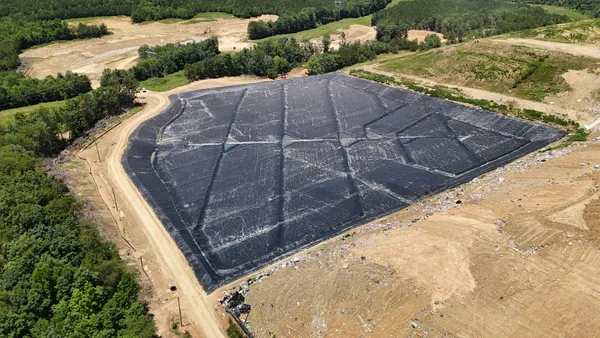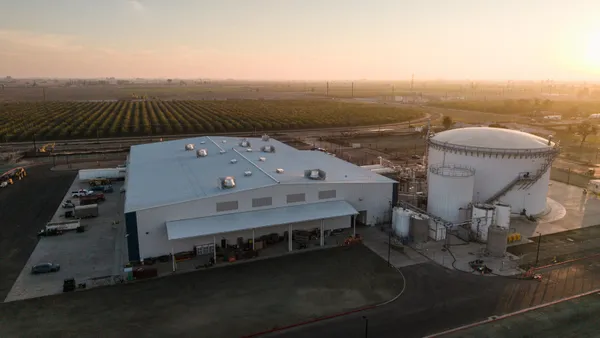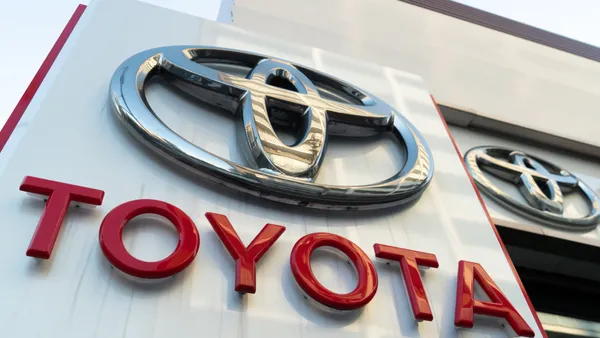- Economic picture: Clean Harbors revised down its full-year guidance, with adjusted free cash flow now expected to be in the range of $300 million to $330 million. That’s a change from last quarter, when executives reaffirmed their full-year guidance despite low base oil prices affecting the Safety-Kleen Sustainable Solutions business. That headwind, and maintenance issues slowing down oil re-refining facilities, led to the lower guidance. The company saw positive growth in its environmental services and industrial services segments, the latter of which saw revenue increase 5% in part thanks to Clean Harbors acquisition of Thompson Industrial Services in March.
- Environmental services: Clean Harbors continues to maintain a “very strong outlook” for its environmental solutions segment, CFO Eric Dugas said during the call. He noted that if Clean Harbors hits the midpoint of its guidance for the segment, it will have achieved 9% revenue growth compared to 2022. The company is still targeting an operating margin of 30% or higher for the segment, and it plans to achieve that in part through repricing.
- Safety-Kleen strains: Executives attributed a portion of the company's target miss for the quarter to the performance of its Safety-Kleen Sustainable Solutions business, which has been suffering from low base oil prices throughout much of the quarter. Direct revenues in the segment were down more than 20% year over year in the third quarter. The segment has been in a transition this year as the company moves from a pay-for-oil model to a charge-for-oil model. That business grew from the second to third quarter of this year, with Clean Harbors collecting 59 million gallons of waste oil in Q3.
- Incinerators: Construction on Clean Harbors' $180 million incinerator in Kimball, Nebraska, is proceeding ahead of schedule and is now expected to be complete by the end of 2024. The company has faced a backlog of containerized incinerator-bound waste in the third quarter. That backlog kept Clean Harbors' average incineration price to a 3% rise, which was lower than anticipated. Co-CEO Eric Gerstenberg said he expects Kimball's 70,000 tons of annual capacity to be "readily absorbed" by the marketplace once it's online. "We are all excited to shift this incinerator into commercial operation given the demand we see in the U.S. marketplace," Gerstenberg said.
- Workforce: Clean Harbors continued to improve its safety over the quarter, recording a total recordable incident rate of 0.62, the best rate ever for the company in a third quarter. Co-CEO Mike Battles said the company was on track to drive turnover down 35% to 40% from 2022 as well, which he said improved safety metrics as fewer new employees were on the job. As margin pressures continue, Clean Harbors has worked to keep its headcount flat.
- Outlook: Battles said he expected the outlook to improve going into 2024, as Clean Harbors anticipates a “large sequential increase in profitability” in a recovering base oil price and capital expenditures for the Kimball incinerator to wind down. Meanwhile, the growth of the company’s environmental solutions business, which posted 6% revenue growth in the third quarter, continues to buoy Clean Harbors’ overall fortunes.

Clean Harbors revises down guidance but expects better results in 2024
A difficult year for base oil pricing has dragged down the overall business, but executives are optimistic about environmental services margin expansion and a major new project.

Recommended Reading
- Q3 earnings results for major waste and recycling companies By Waste Dive Staff • Updated Nov. 9, 2023
- Clean Harbors sees opportunity in PFAS as environmental solutions segment buoys growth By Jacob Wallace • Aug. 2, 2023













